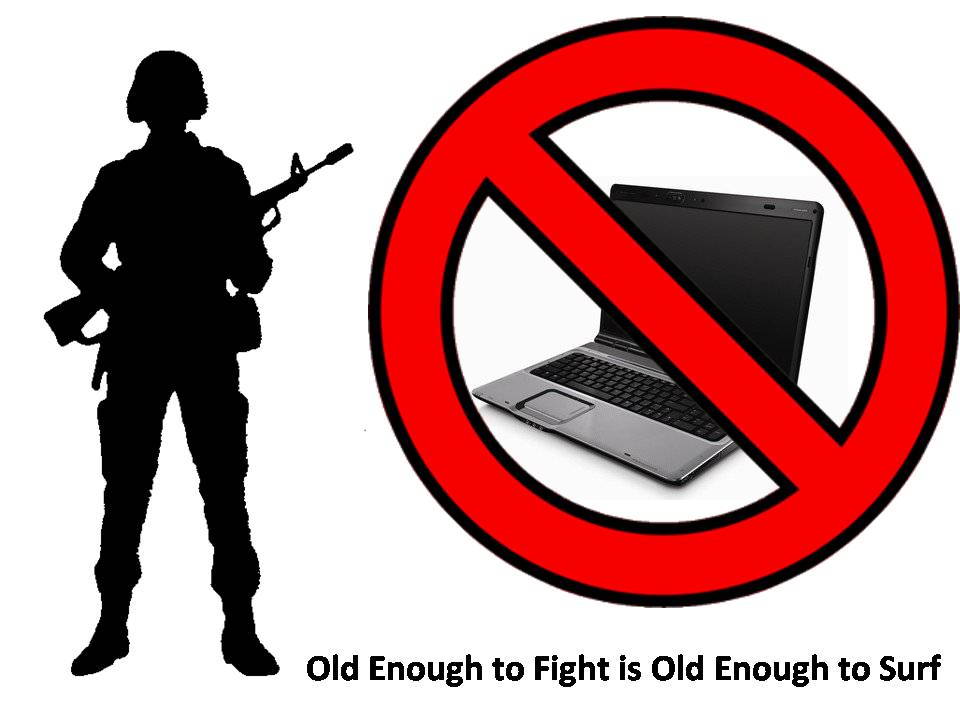Innovating Institutional Cultures
Monday, January 11th, 2010John Hagel is in a small category of thinkers who manage to routinely be thinking ahead of the curve ( he calls his blog, where he features longer but more infrequent posts than is typical, Edge Perspectives). I want to draw attention to the core conclusion of his latest:
Challenging Mindsets: From Reverse Innovation to Innovation Blowback
Innovation blowback
Five years ago, John Seely Brown and I wrote an article for the McKinsey Quarterly entitled “Innovation Blowback: Disruptive Management Practices from Asia.” In that article, we described a series of innovations emerging in Asia that were much more fundamental than isolated product or service innovations. We drew attention to a different form of innovation – institutional innovation. In arenas as diverse as motorcycles, apparel, turbine engines and consumer electronics, we detected a much more disruptive form of innovation.
In these very diverse industries, we saw entrepreneurs re-thinking institutional arrangements across very large
numbers of enterprises, offering all participants an opportunity to learn faster and innovate more effectively by working together. While Western companies were lured into various forms of financial leverage, these entrepreneurs were developing sophisticated approaches to capability leverage in scalable business networks that could generate not just one product innovation, but an accelerating stream of product and service innovations.
…. Institutional innovation is different – it defines new ways of working together, ways that can scale much more effectively across large numbers of very diverse enterprises. It provides ways to flexibly reconfigure capability while at the same time building long-term trust based relationships that help participants to learn faster. That’s a key breakthrough – arrangements that support scalable trust building, flexibility and learning at the same time. Yet this breakthrough is occurring largely under the radar of most Western executives, prisoners of mindsets that prevent them from seeing these radical changes.
Read the whole thing here.
Hagel is describing a mindset that is decentralized and adaptive with a minimum of barriers to entry that block participation or information flow. One that should be very familiar to readers who are aware of John Boyd’s OODA Loop, the stochastic/stigmergic innovation model of John Robb’s Open Source Warfare, Don Vandergriff’s Adaptive Leadership methodology and so on. It’s a vital paradigm to grasp in order to navigate and thrive in the 21st century.
Western executives (think CEO) may be having difficulty grasping the changes that Hagel describes because they run counter to cultural trends emerging among this generation of transnational elites ( not just big business). Increasingly, formerly quasi-meritocratic and democratic Western elites in their late thirties to early sixties are quietly embracing oligarchic social stratification and use political or institutional power to “lock in” the comparative advantages they currently enjoy by crafting double standards through opaque, unaccountable authorities issuing complex and contradictory regulations, special exemptions and insulating ( isolating) themselves socially and physically from the rest of society. It’s a careerism on steroids reminiscient of the corrupt nomenklatura of the late Soviet period.
As the elite cream off resources and access for themselves they are increasingly cutting off the middle-class from the tools of social mobility and legal equality through policies that drive up barriers to entry and participation in the system. Such a worldview is inherently zero-sum and cannot be expected to notice or value non-zero sum innovations.
In all probability, as an emergent class of rentiers, they fear such innovations when they recognize them. If allowed to solidify their position into a permanent, transnational, governing class, they will take Western society in a terminal downward spiral.

 organizations were crushed in the last couple of Centuries due to pressures from the nation-state that saw them as competitors and the marketplace that saw them as impediments. All we have now it is a moderately strong nuclear family (weakened via modern economics that forces familial diasporas), a weak extended family, a loose collection of friends (a social circle), a tenuous corporate affiliation, and a tangential relationship with a remote nation-state. That, for many of us, is proving to be insufficient as a means of withstanding the pressures of the chaotic and harsh modern environment.
organizations were crushed in the last couple of Centuries due to pressures from the nation-state that saw them as competitors and the marketplace that saw them as impediments. All we have now it is a moderately strong nuclear family (weakened via modern economics that forces familial diasporas), a weak extended family, a loose collection of friends (a social circle), a tenuous corporate affiliation, and a tangential relationship with a remote nation-state. That, for many of us, is proving to be insufficient as a means of withstanding the pressures of the chaotic and harsh modern environment. mutual
mutual upward, downward not so much), markets ( nonexistent) or networks (potentially non-reciprocal loyalty to hub). As such, tribes function very well at the base of
upward, downward not so much), markets ( nonexistent) or networks (potentially non-reciprocal loyalty to hub). As such, tribes function very well at the base of  researchers at the National Institute of Mental Health (NIMH) of the National Institutes of Health. They found that different brain areas are activated when a person moves up or down in a pecking order – or simply views perceived social superiors or inferiors. Circuitry activated by important events responded to a potential change in hierarchical status as much as it did to winning money.
researchers at the National Institute of Mental Health (NIMH) of the National Institutes of Health. They found that different brain areas are activated when a person moves up or down in a pecking order – or simply views perceived social superiors or inferiors. Circuitry activated by important events responded to a potential change in hierarchical status as much as it did to winning money.



